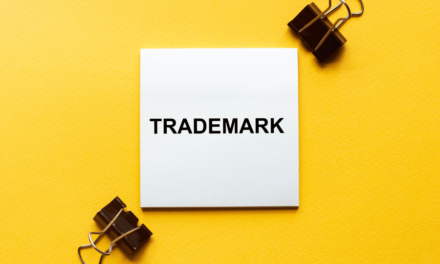One thing the internet made easy was worldwide distribution. Newspapers and other publications were no longer encumbered by the usual limitations of running a print business. They were also no longer limited by a print production schedule, which required simultaneous translation if you wanted to reach an audience in more than one language.
The internet freed every publisher and advertiser with a modem to move much faster and distribute content more widely. And if you managed to find a good translation service, you could produce your articles in multiple languages and distribute them to different countries simultaneously. This development had to be attractive to publishers that had previously been limited by geographic boundaries and production hurdles.
I’ve seen my articles for TechCrunch published in Chinese the day after they’re published in English. It’s a pretty cool feeling, as a writer, to see your work in other languages and know that you are able to reach a much wider audience. Of course, the downside is you have no idea how well your work was translated or what it means to readers in other languages, unless you happen to be multilingual.
You may wonder how I even know that my articles were translated, but my Twitter handle remains the same regardless of the language (so I still know when someone tweets me in Chinese), and translators tend to keep brand names in the original language, rather than trying to translate. For example, when you go to the Chinese version of the Apple website, the copy is in Chinese, but the brand names remain in English. That was true 10 years ago when I first wrote about this topic, and it’s still the case today. It’s these kinds of decisions that make translation such a challenge.
There are also cultural and local meanings that can get lost along on the way. If your article uses colloquial language, rather than a formal approach, it can be difficult to translate while keeping the intended spirit and meaning of the writer. One of my favorite stories about mistranslation was told at the Ben & Jerry’s factory in Vermont. The ice cream company is known for colorful flavor names such as Cherry Garcia, Phish Food, and Chunky Monkey. Some years ago, when it was introducing new flavors to Japan, it noticed that people were avoiding the Chunky Monkey. The company later learned it had been translated into “Chunks of Monkey,” and people weren’t terribly interested in trying it.
It’s not just an amusing story of a name getting lost in translation—it’s also a cautionary tale for everyone trying to reach multilingual audiences. It’s hard to do well while taking into account local norms. For media companies that are trying to crank out many stories a day, it’s even harder to get right.
One way that companies of all sorts try to deal with the complexity of translation is through automation. While some automated translations used to be laughably bad, with the increasing use of artificial intelligence and machine learning, it’s getting much easier to do basic translation in an automated fashion.
Adequate can be good enough in some cases, but you have to be careful when you’re delivering information of any sort that you are doing it correctly and within cultural norms and local understanding. There’s a reason that localization has supplanted translation. Delivering good content is about more than simply changing words from one language to another. It is preparing the words in an understandable local context in which mistakes can be embarrassing and inflammatory.
That’s why, whenever possible, companies of all sorts aren’t just using the machine translation and letting it go. They are involving humans who understand nuance. If the machine learning algorithms that your company is using are good enough, you can start to deliver human feedback back into the algorithm, and it should learn local norms over time.
Whether you’re a publisher, a brand, or a YouTube star, everyone wants to take advantage of internet distribution. But it’s important to have a strategy in place. Plan accordingly, and make the necessary investments in people and technology to do it right. Otherwise, you could end up with an international incident on your hands, and that’s probably not how you want people in other countries to remember your brand.






